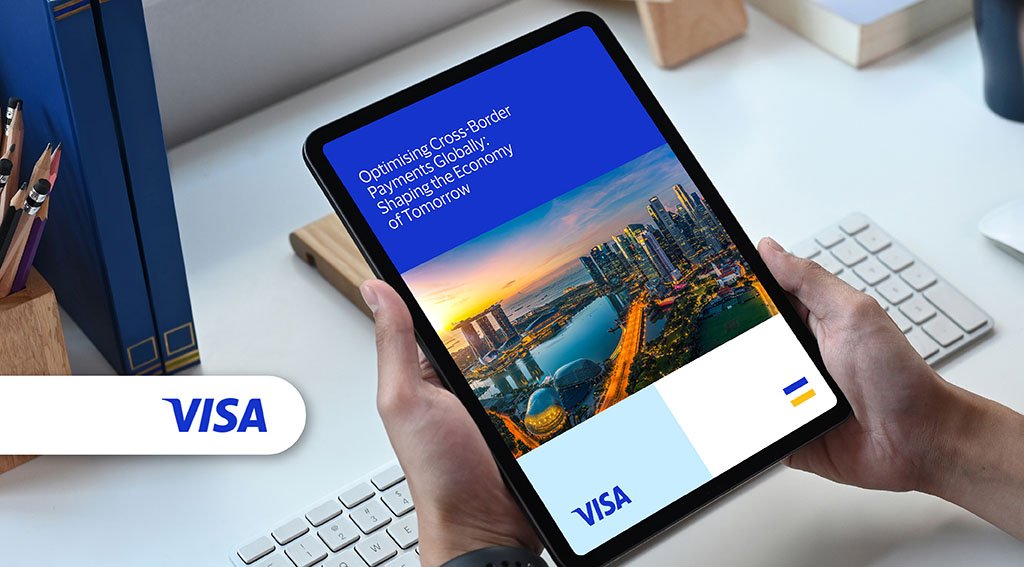Cross-border payments are the fundamental infrastructure that facilitates the flow of money within an increasingly interconnected global economy, underpinning commerce between individuals, businesses, and governments worldwide.
While traditional payment systems have historically struggled with inefficiencies such as high costs and slow processing times, addressing these challenges presents tremendous opportunities for innovation, expanding financial inclusion, and making cross-border transactions faster, more secure, and more accessible.
Stakeholders across various sectors, including banks, fintech companies, regulators, and payment networks, must collaborate to create a resilient and inclusive payments ecosystem that promotes sustainable economic growth.
The Growth Imperative – A Booming Market
The payments market is experiencing extraordinary growth, with Asia Pacific (APAC) alone expected to see transaction flows reach $250 trillion by 2027.
This reflects a surging demand for seamless and efficient systems that support international commerce.
One key driver is the rising frequency of overseas consumer activity, with around 30% of shoppers now making international purchases on a weekly basis.
Additionally, projected B2B transactions are set to surpass USD 100 trillion by 2025,underscoring the critical need for scalable and secure infrastructure.
Countries such as Vietnam, Indonesia, and the Philippines play a pivotal role, as the development of inclusive and cost-effective payment solutions is essential to sustaining regional and global trade and supply chain growth.
The State of Payment Infrastructures
Modern payment infrastructure systems, such as India’s Unified Payments Interface (UPI) and South Korea’s Real-Time Gross Settlement (RTGS), are setting benchmarks by enabling real-time, cashless, and interoperable transactions.
UPI’s rapid growth, with a compound annual growth rate of 129% , exemplifies how efficient and user-friendly systems promote financial inclusion and regional cooperation.
Similarly, South Korea’s instant RTGS-based systems facilitate secure, fast settlements.
The success of these infrastructures highlights the importance of delivering intuitive and user-centric features such as QR codes and one-click payments.
These capabilities improve user experience, encourage adoption across diverse sectors, and expand accessibility for unbanked and underbanked populations.
Advancements in artificial intelligence (AI), machine learning (ML), and blockchain are transforming international payments by enabling real-time data analysis, seamless platform integration through APIs, and instant, secure settlements.
AI-powered systems continuously monitor transactions to detect anomalies, reduce fraud, lower operational costs, and enhance customer experience.
Generative AI, projected to grow at a 36% compound annual growth rate through 2030, is expected to save banks up to USD 900 million by 2028 while strengthening identity verification and fraud prevention.
At the same time, enhanced security measures such as Account Name Inquiry, tokenisation, and multi-factor authentication add critical layers of protection.
These innovations are essential to ensuring accuracy, safeguarding sensitive data, and building trust as cross-border payment volumes and complexity continue to grow.
Regulators worldwide are implementing initiatives aimed at reducing costs, enhancing speed, and promoting accessibility in cross-border payments.
The G20’s Cross-Border Payments Roadmap emphasises financial inclusion, particularly for small and medium-sized enterprises (SMEs), by establishing standards that support efficient international transfer systems.
The adoption of ISO 20022 messaging standards enhances data quality, compliance, and interoperability, which are crucial for establishing a universal and scalable payments infrastructure.
Regional collaborations, most notably ASEAN’s linkages between PayNow, PromptPay, and DuitNow, demonstrate how governments and regulators are working toward real-time, low-cost international transaction networks that serve diverse economies and populations.
These efforts lay the foundation for broader regional economic integration.
Unlocking the Full Potential of Cross-Border Payments
Despite persistent challenges such as slow processing times and high costs, technological innovations are unlocking new opportunities to transform the cross-border payments environment.
Blockchain-based liquidity solutions facilitate continuous, real-time currency liquidity management and settlement, reducing delays.
Tokenised deposits extend the security and speed of fund transfers, particularly in supporting supply chains and retail interfaces.
Additionally, expanding global payment networks are connecting local systems with international platforms, enabling wider participation and greater transparency.
These innovations are crucial for enabling faster, more affordable international transactions that include underserved populations, ultimately driving greater economic participation and growth globally.
Collaboration as the Cornerstone
Building a robust, scalable, and secure cross-border payments ecosystem depends on collaboration among banks, fintechs, regulators, and payment networks.
Banks provide the liquidity, trust, and infrastructure needed to support large-scale international transactions, while fintech firms drive innovation through agile and disruptive solutions.
Regulators play an essential role in establishing clear frameworks, including ISO 20022 and other standards for security and interoperability, which help reduce friction and ensure compliance.
Payment networks such as Visa Direct serve as critical connectors by enabling seamless international transfer capabilities and global scalability.
Through aligned objectives and strong cross-sector partnerships, stakeholders can address the complex challenges of international trade and open new pathways for continuous growth.
Working Together for Tomorrow’s Economy
The future of cross-border payments depends on cohesive action across industry, regulatory, and technological domains.
Key innovations, combined with strong standards and regional cooperation, will enable faster, cheaper, and more inclusive transactions.
As the entire financial ecosystem collaborates by leveraging blockchain, AI, shared standards such as ISO 20022, and regional platforms, global commerce can thrive with increased transparency, security, and accessibility.
Stakeholders who are united by a shared vision have the potential to create a resilient and future-ready payments infrastructure that powers global economic growth, empowers businesses of all sizes, and supports inclusive prosperity for the future.
The “Optimising Cross-Border Payments Globally: Shaping the Economy of Tomorrow” report is available here.
Featured image: Edited by Fintech News Singapore, based on image by sodawhiskey via Freepik






